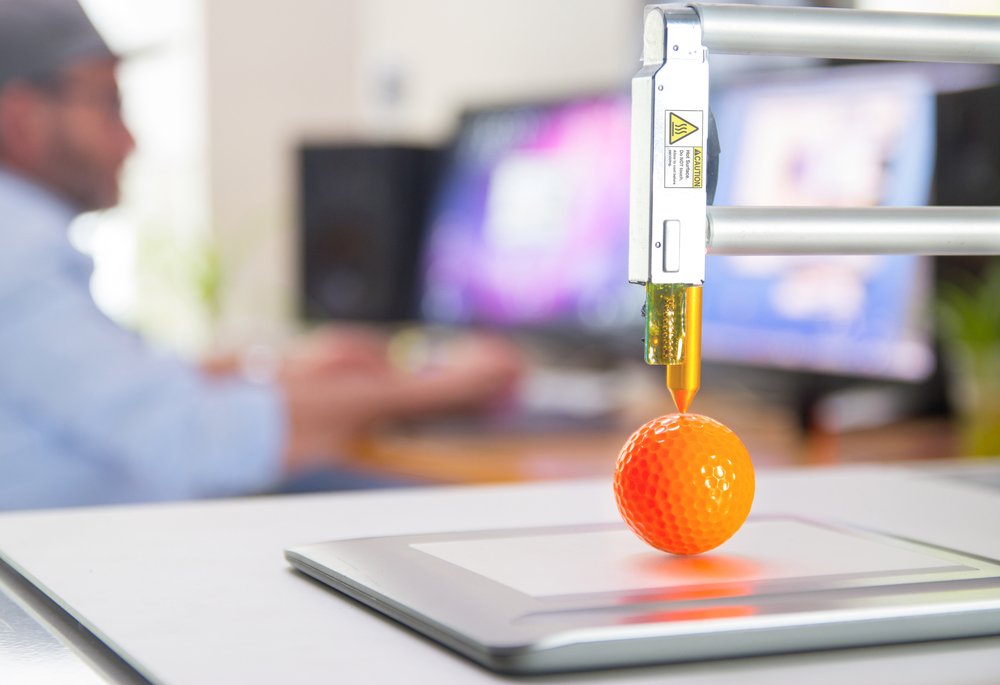Researchers from North Carolina State University have achieved a groundbreaking milestone by developing a highly conductive metallic gel that allows for the 3D printing of solid objects at room temperature in a single step. This breakthrough opens up new possibilities for manufacturing advanced electronic components and devices.
The researchers created the metallic gel by suspending micron-scale copper particles in water and adding a small amount of an indium-gallium alloy. Stirring the mixture enabled the liquid metal and copper particles to adhere, forming a metallic gel network within the aqueous solution.
The gel’s gel-like consistency plays a crucial role in ensuring a uniform distribution of copper particles throughout the material. This allows the network of particles to connect and form electrical pathways, preventing the copper particles from settling out of the solution and clogging the printer. The gel can be easily printed using a standard 3D printing nozzle and retains its shape when dried at room temperature, resulting in a more solid 3D object that maintains its original form.
Interestingly, applying heat during the drying process affects the alignment of particles and causes predictable structural deformation. This phenomenon, known as ‘4D printing,’ allows for shape changes in printed objects after printing by controlling the pattern and the amount of heat applied.
With printed objects containing up to 97.5% metal, they exhibit highly conductive properties, surpassing anything else that can be 3D printed. As a demonstration, the team printed a conductive spider that can assemble its own body from an initially flat shape. This breakthrough enables the simple and efficient 3D printing of metal parts at room temperature with excellent electrical conductivity and satisfactory mechanical properties.
The potential applications of 3D printing metals are vast, including electronic devices and structural materials, thanks to the desirable properties of metals. The researchers plan to further explore the mechanical properties of the printed parts, identify improved metal combinations to achieve a range of properties, and seek industry partners for potential collaborations. This significant advancement in metal 3D printing paves the way for the manufacturing of innovative electronic components and devices.
Check out more HiTech Mining Industry News!






